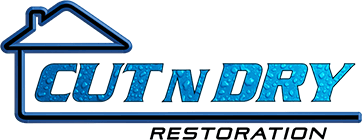Mold— the word alone is enough to make someone shudder, but the situation becomes ten times worse when they’ve made a home in your house. Now you’re cohabitating with these nasty fungi, and they’re harming your health and eating away at your property. Most of the time, you don’t even realize you have a mold problem until circumstances are dire. As a homeowner, it’s time to take back your place and kick them out, or even better, prevent them from coming in in the first place. Our mold remediation experts at Cut N Dry Restoration are here to help you prevent these unwelcome visitors with this guide.
Why is mold dangerous?
Without mold, we wouldn’t have some of the greatest inventions like Penicillin or Brie cheese. But they become dangerous when their spores spread indoors and release mycotoxins. The World Health Organization defines mycotoxins as toxic compounds that are naturally produced by certain types of molds. Some people are more sensitive to molds, which can cause reactions such as a stuffy nose, wheezing, itchy skin, asthma, or infections.
What causes mold?
A big part of prevention is knowing about the probable causes. A good rule of thumb to remember is this: Where there’s moisture, there’s mold. It also needs warmth, oxygen, darkness, and a food source to grow. The last one is particularly alarming because mold can eat away at your home’s walls, insulation, wood, and carpet. While you can’t take away these food sources, there are other conditions you can control. Be alert of these high-risk causes of mold growth:
Leaking pipes
Leaks in your roof
Highly-condensed areas
Inadequate ventilation (especially in the bathroom and kitchen)
Wet clothes
What are the signs of mold?
Mold can be sneaky, and it’s not always visible, which makes it difficult to detect. Here are some of the signs that there’s a mold infestation in your home.
A musty odor - If you begin to notice an odd smell coming from an enclosed space, this is usually an indicator that there is mold nearby. Check to see if there are any sources of water pooling around your air conditioner, sink, or water heater.
Discolored walls and ceilings - Many people are familiar with the toxic black mold, but not all mold is black. Yellow, brown, green, or orange discoloration is also an indicator of growth. Look out for these colors on your walls and ceilings!
Warped flooring - A common hiding spot for mold is underneath your floors, especially when water has pooled in a particular area. Lifted, stained, or discolored flooring is a cause for concern.
Respiratory and health issues - While each person is different, some can experience allergic reactions, worsened asthma, and difficulty breathing. If you begin to exhibit these symptoms and you don’t have a cold, it could be mold.
How can I prevent mold?
It’s essential to act quick. Mold spores spread rapidly in as little as 24 to 48 hours if the conditions are just right. Follow these easy prevention tips:
Clean up spilled water immediately. Don’t let that pipe under your sink continue to leak. Don’t ignore that puddle next to your washing machine. Tackle the problem now while it’s small.
Keep the humidity levels below 55%.
Turn on the bathroom fan when you’re showering.
Open the windows in your kitchen and bathroom.
Make sure your HVAC system is running correctly.
Contact Cut N Dry Restoration
Educating yourself on the causes and signs of mold is the best preventative measure you can take. If you detect mold in your home, you can trust Cut N Dry Restoration to take care of the problem. Each of our technicians is IICRC-and mold awareness-certified, which means we know how to mitigate mold properly.
Call us today at (909) 829-5002 for swift and effective mold remediation services in Rancho Cucamonga.


